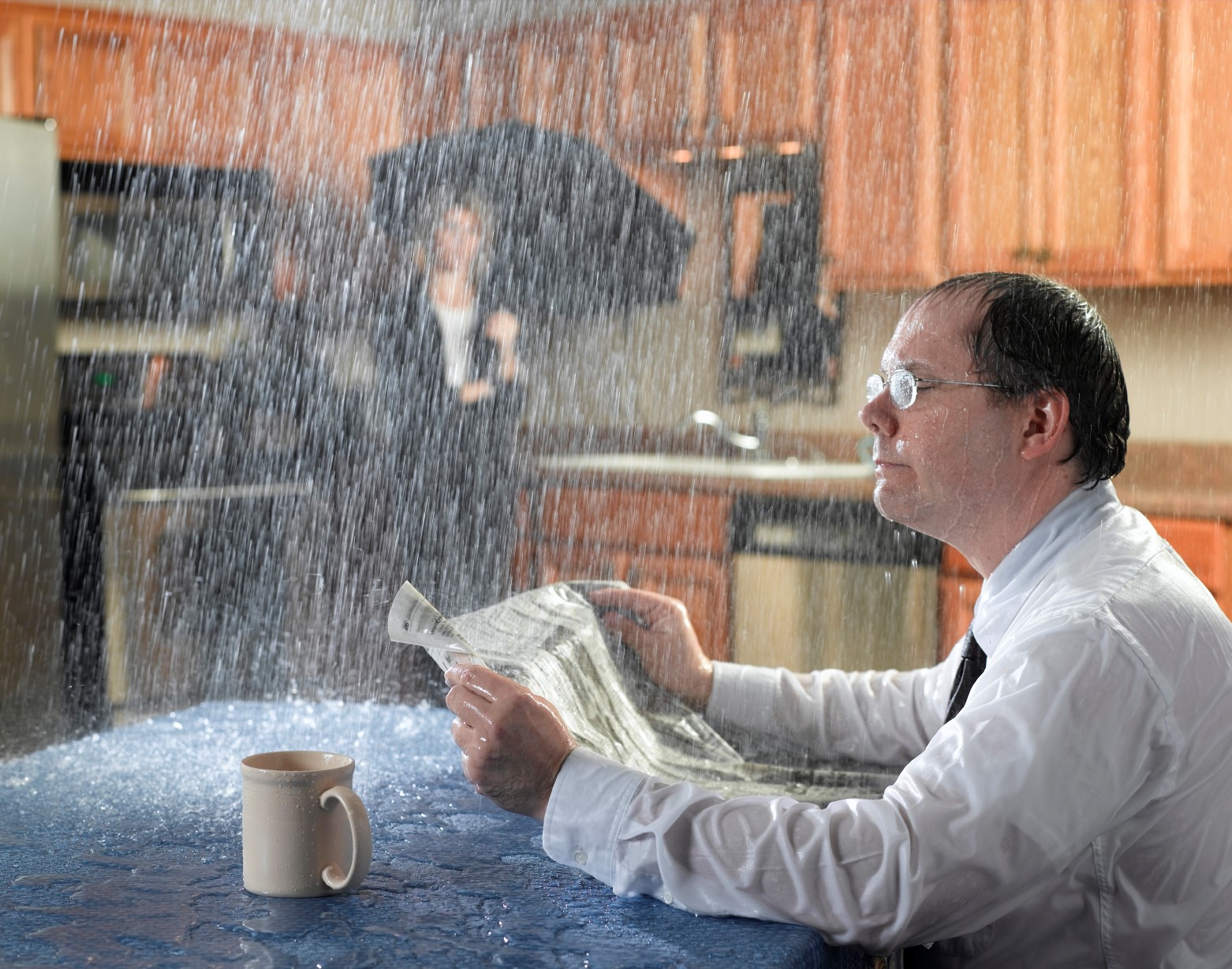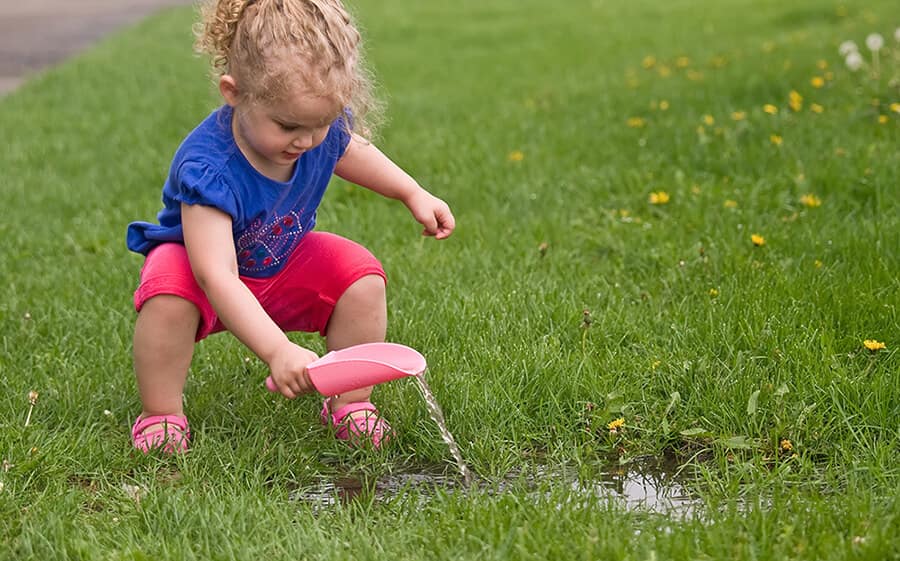Discover the Key Factors Contributing To Water Leak Issues in Your House
Discover the Key Factors Contributing To Water Leak Issues in Your House
Blog Article
Every person is bound to have their unique opinion on the subject of How Fast Water Damage Can Ruin Your Home.

Leakages not just trigger waste of water however can likewise cause unnecessary damages to your residence as well as promote unwanted natural growth. Sadly, water leakages could go undetected considering that a lot of the pipework in our house is hidden. By looking and recognizing for everyday circumstances that cause leakages, you can secure your residence from future leaks and unneeded damage. Today, we will certainly take a look at 6 leakage triggers that might be causing your pipes to leak.
Trespassing origins
Most water leaks begin outside the house rather than inside it. You could see wet spots or sinkholes in your yard, as well as that might indicate that tree origins are invading water lines triggering water to permeate out.
Corroded water systems
As time goes by, your plumbing system ages and rust such as corrosion might begin gnawing the pipes. This might be the source of staining or warping on your water pipes. This requires an inspection with your plumber right away. Think about replacing the pipes given that they are at a greater danger of deterioration than the newer models if our plumbing system is old.
Defective Pipeline Joints
Pipe joints can deteriorate over time, resulting in water leaks. If you have loud pipelines that make ticking or banging sounds, specifically when the hot water is turned on, your pipe joints are most likely under a great deal of pressure.
Instant temperature level changes.
Extreme temperature level adjustments in our pipelines can create them to expand as well as acquire all of a sudden. This expansion and contraction might trigger fractures in the pipelines, specifically if the temperature level are listed below cold.
Poor Water Connectors
At times, a leak can be brought on by loose hose pipes and pipelines that provide your appliances. Usually, moving is what creates the loose water Connections. You could find in the case of a washing maker, a pipe may spring a leakage as a result of trembling during the spin cycle. In case of a water links leak, you might observe water running directly from the supply line or pools around your appliances.
Obstructed Drains
Clogged drains may be bothersome as well as inconveniencing, yet they can sometimes end up triggering an overflow causing break pipes. Maintain removing any products that might go down your drains pipes that can obstruct them to stay clear of such inconveniences.
All the above are sources of leaks but not all water leaks arise from plumbing leakages; some leaks might come from roofing system leaks. All leaks must be fixed promptly to stay clear of water damage.
Leaks not only create waste of water however can also trigger unnecessary damage to your house and advertise unwanted organic growth. By comprehending and looking for daily scenarios that trigger leakages, you can secure your home from future leaks and also unnecessary damage. Today, we will certainly look at six leak triggers that might be triggering your pipelines to trickle.
At times, a leak can be caused by loose hoses as well as pipelines that supply your home appliances. In situation of a water connections leakage, you might observe water running directly from the supply line or puddles around your home appliances.
TYPES OF WATER LEAKS YOU SHOULD BE FAMILIAR WITH
Shower Fixture Water Leaks
If you notice a water leak near your shower fixture, perform an inspection to confirm if you are able to find broken caulk lines. As your shower fixture becomes older, it is not uncommon for water to leak onto the other side of the frame. To fix this type of plumbing leak, scrape off the old caulk and run a new bead of it around the shower fixture to seal up any fractured crevices and holes.
Bathtub Drainage Water leaks
To fix this type of leak in a bathtub, remove the drain flange and clean it. Next, you should also remove the rubber gasket located beneath the tub’s drain hole. Buy a replacement gasket that matches the old version and install it in the same location. Once the drain flange and rubber gasket are installed, apply a small amount of silicone caulk to the drain to prevent water leakage below your tub.
Water Pipe Leaks Behind Walls
Issues such as discolored grout and loose shower tiles may be caused by a water pipe leak behind the walls in your bathroom. To fix this plumbing leak, you will be required to remove the tiles, grout, or caulk in your shower. Once the tiles in your shower have been removed, perform an inspection of the drywall to confirm if it’s moist or wet. If you notice water marks or mold on the wall, this is an indicator of a water pipe leak.
Toilet Leaks
Nobody likes a toilet leak. It can cause water damage to the subfloor, joists, or even the ceiling in the room below. To combat this type of water leak, you will need to reinstall your toilet with a brand new ring of wax. If the toilet sits uneven, be sure to add toilet shims to correct the issue. Do you notice a broken bolt slot or flange? We recommend performing a new metal flange installation to remediate this issue.
Sink Water Leaks
To prevent damage to the beautiful counter tops in your kitchen or bathroom, tighten the base of your sink to prevent a water leak. Next, scrape away any old caulk around the sink and apply a fresh coat. Prior to using the kitchen or bathroom sink, you will need to secure the fixture to the countertop with the clips located beneath the sink rim to prevent a water leak.
https://www.fenwickhomeservices.com/blog/6-types-of-water-leaks-you-should-be-familiar-with/

As an enthusiastic person who reads on Common Water Leaks In House, I thought sharing that article post was smart. Sharing is nice. Who knows, you will be helping someone out. Thanks for your time. Don't forget to pay a visit to our site back soon.
Need urgent plumbing repairs? Call. Report this page